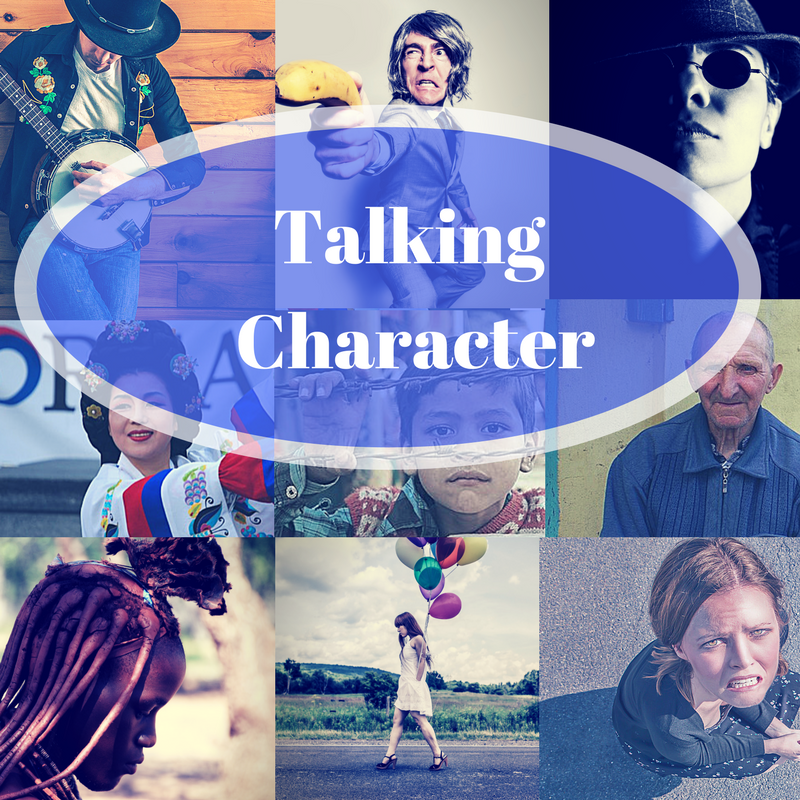
When and How to Use Flashbacks and Backstory Effectively
I recently asked an avid reader what one of their fiction pet peeves were. The answer? Too many flashbacks…
November 28, 2022
I recently asked an avid reader what one of their fiction pet peeves were. The answer? Too many flashbacks…
November 28, 2022
There’s nothing better than a creepy villain. A deranged killer on the loose terrorizing your hero and heroine. A…
November 17, 2020
When we think of “historical”, we think the story is set in a historical time period, and many of…
July 20, 2020
There’s something immersive about opening a fantasy or sci-fi book and feeling like there were hundreds of pages of…
April 7, 2020
What are the trademarks of a villain? Do they have dark, piercing eyes, a snarly grin, crooked-yellowed teeth, knobby…
February 17, 2019
If you’ve ever been involved in building a house or a major remodeling project, you understand how overwhelming it…
July 20, 2018
Every fictional character has an entire life’s worth of backstory that happened prior to the opening of your novel.…
June 20, 2018